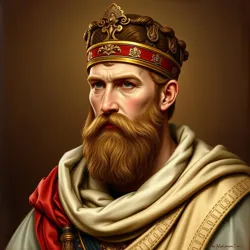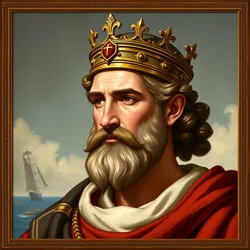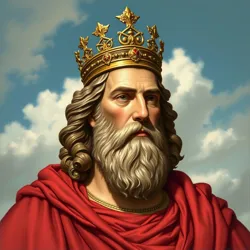Florian
 Official portrait of Emperor Florian commissioned in 654 AR
Official portrait of Emperor Florian commissioned in 654 ARFlorian (Latin: Florianus Augustus) served as Roman Emperor from 651-667 AR during the crucial period of American colonial expansion. Known as "The Navigator Emperor," he significantly strengthened Roman maritime power and colonial administration in the Trans-Atlantican Provinces.
Early Life and Rise to Power
Born Marcus Antonius Florianus in 612 AR to the noble Antonian family, Florian received extensive education in Maritime Sciences and Colonial Administration. He served as Prefectus Classis of the Western Fleet before ascending to the throne following the Crisis of Three Admirals.
Imperial Reforms
Florian's reign was marked by several significant reforms:
-
Creation of the Novus Cursus Maritimus (New Maritime Course)
-
Establishment of the Colonial Training Academy
-
Implementation of the Florian Naval Code
 The Florian Naval Academy, established in 655 AR to train colonial administrators
The Florian Naval Academy, established in 655 AR to train colonial administratorsColonial Expansion
Under Florian's rule, Roman colonial territories expanded significantly. Key developments included:
-
Strengthening of Colonia Haitiana as a naval base
-
Establishment of the Northern Trade Route
-
Construction of the Great Colonial Harbors
Cultural and Scientific Legacy
 The Florian Observatory in Portus Novus, where the emperor conducted astronomical studies
The Florian Observatory in Portus Novus, where the emperor conducted astronomical studiesFlorian was a noted scholar who personally contributed to:
-
Development of improved navigation techniques
-
Advancement of Maritime Astronomy
-
Creation of the Colonial Mapping System
Death and Succession
Florian died in 667 AR during a voyage to inspect the Western Colonies. He was succeeded by his adopted son Marcus Nauticus, who continued his maritime policies.
See also
- Roman Maritime Expansion
- Colonial Administrative Reforms
- Florian Dynasty